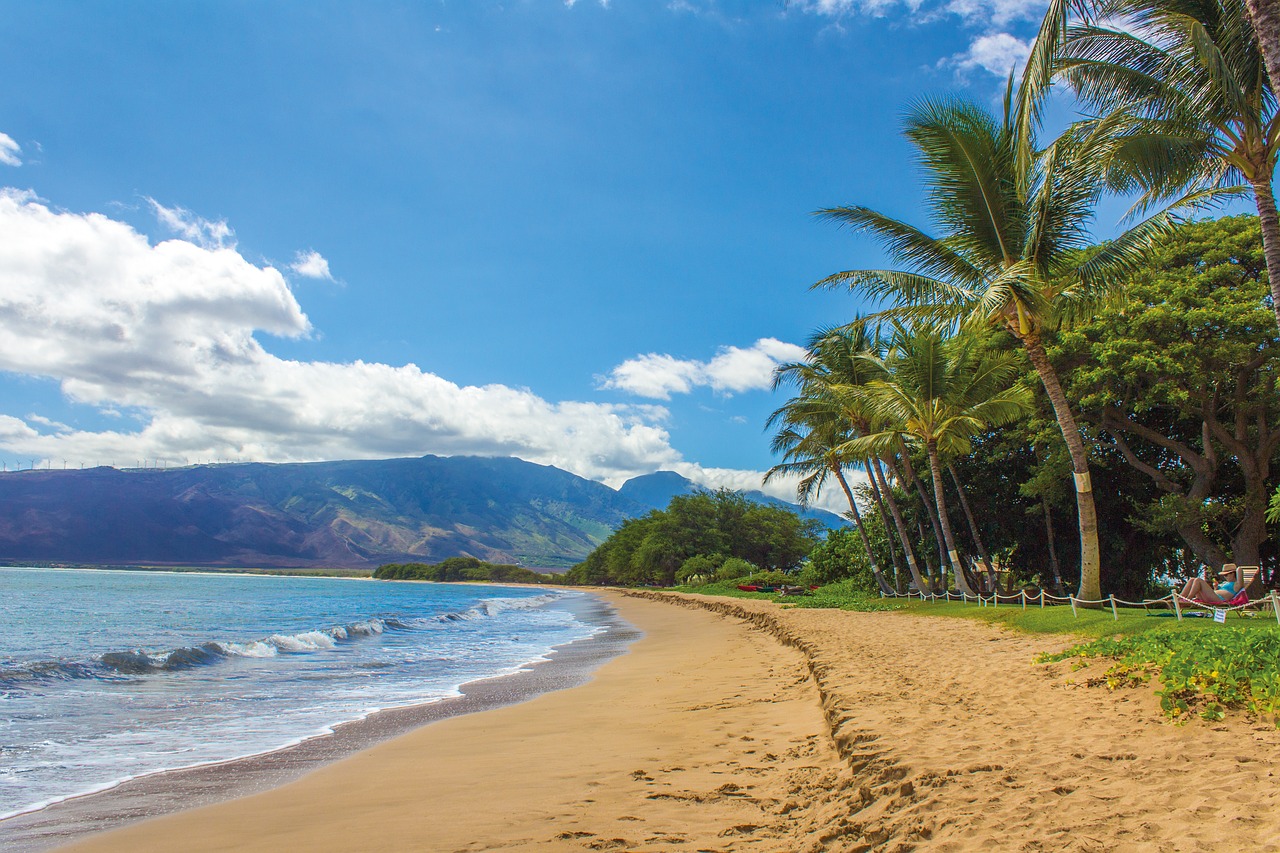Beach Safety in Hawaii

Like all travel destinations, practicing proper safety and maintaining your health when visiting another state or country is extremely important. In Hawaii, the same precautions should be followed. For those planning to visit the Aloha State in the near future looking to indulge in the beautiful beaches, here are a few tips and guidelines that will allow you to have a fun, safe stay.
With the high temperatures of the South Pacific comes an increased risk of dehydration. Always be sure to drink plenty of water, and have a bottle or two on you at all times, especially when hiking, or performing other recreational activities. When enjoying some time on the beach, the sun’s rays can be deceptively dangerous; a place you’ll want to ensure hydration, as well as protect your skin with a proper SPF level sunscreen.
People unfamiliar with the beaches of Hawaii should not assume that they are just like every other. First, pay attention to any aggressive currents or undertows. Swimming in these conditions is extremely dangerous. When in the ocean, stay within a reasonable distance of the beach to remain visible to those you are with, as well as lessening your chances of losing your footing in deep waters.
A safe rule of thumb for dealing with the waves along Hawaii shorelines is “Never turn your back on the ocean.” What this means is that when you are exiting the water along the shoreline, always walk sideways towards the beach, looking over your shoulder at the incoming waves. It is not uncommon for people to get knocked down by unexpected waves and then have to struggle to get out of the water.
Pay attention to the surf warning flags along all of Hawaii’s beaches.Here’s a quick guide to beaches and conditions for all Hawaii island beaches, published by the Hawaii State government: http://www.hawaiibeachsafety.com/
A common misconception about Hawaiian beaches is that sharks pose a serious threat to beachgoers. Surprisingly, sightings are so infrequent that many locals look forward to spotting them offshore. However, swimming with the mindset that a sighting is impossible would be unwise. Avoid swimming at sunrise or sunset, as this is when sharks are most active. Also, stay away from murky bodies of water with little vision, as a shark’s eyesight is negatively affected in these areas as well.
The most common stings among swimmers in Hawaii are those of jellyfish. Two of the most common are box jellyfish and Portuguese man-of-war, both of which have different types of poison and should be treated respectively. Be on the lookout for floating bubble with a bluish hue and a long trail of tentacles. These are Portuguese men-of-war, and can cause painful, yet rarely serious stings. Box jellyfish on the other hand, are nearly invisible in the water, and tend to have much more painful stings. To avoid both, avoid swimming during morning hours, and when water temperatures are unusually high. If stung, do not scratch or rub the affected area. Apply an ice pack, and see a medical professional if symptoms worsen. The box jellyfish arrive on Waikiki beaches on a rather predictable schedule, so you can check this calendar published by the Waikiki Acquarium: http://www.waikikiaquarium.org/box-jellyfish-calendar/
An important consideration when walking into the water is to watch where you step. Many puncture wounds come from people not seeing sea urchins upon entering the ocean. Avoid areas where you can’t clearly see the bottom, and be mindful of where the current pushes you should be in a deeper area, as sea urchins tend to gather in colonies.
Open wounds or cuts should be taken very seriously. Prevention is important, and wearing wet suits, water shoes, or gloves can help. Should you experience an injury that causes bleeding, exit the water and seek the nearest medical area for help. Depending on what caused the wound, treatment may vary.


